Hi history fans! I’m Suze and as well as writing history books which are published by The History Press (fun books, I like to think- nothing too heavy or serious!) I have also been known to write the odd history play or three which have been on at theatres and other venues locally. I also work at Exeter’s Underground Passages as a guide, so, although it’s perhaps biased, straight in at number 1 is…
1. Exeter’s Underground Passages
A medieval marvel built to bring fresh water into the city, the passages are NOT tunnels, instead workers dug long trenches which were lined with stone, then buried. Lead pipes in the passages brought water from outside the city. What about lead poisoning? Well no one knew about it then, and water piped through underground passages was much safer than the polluted river! Today you can go on a fascinating tour of the Underground Passages. It’s advisable to book. So go on - take a look. They’re unique!
.jpg)
2. Royal Albert Memorial Museum
Known as the RAMM, the museum began as a memorial to Queen Victoria’s intellectual husband who died in 1861. The first part of the building was completed in 1868. A light and airy extension was opened in 2011 with interactive features a plenty. Although the museum’s origins were Victorian, RAMM is NOT old fashioned! There is something for everyone. From the story of dinosaurs to the Romans, from ancient Egypt to art, from the animal kingdom to science, and from world cultures to World War 2, RAMM has it all and much more besides! Speaking of the Romans don’t miss the incredible Seaton Hoard - twenty two thousand Roman coins found buried in a field!
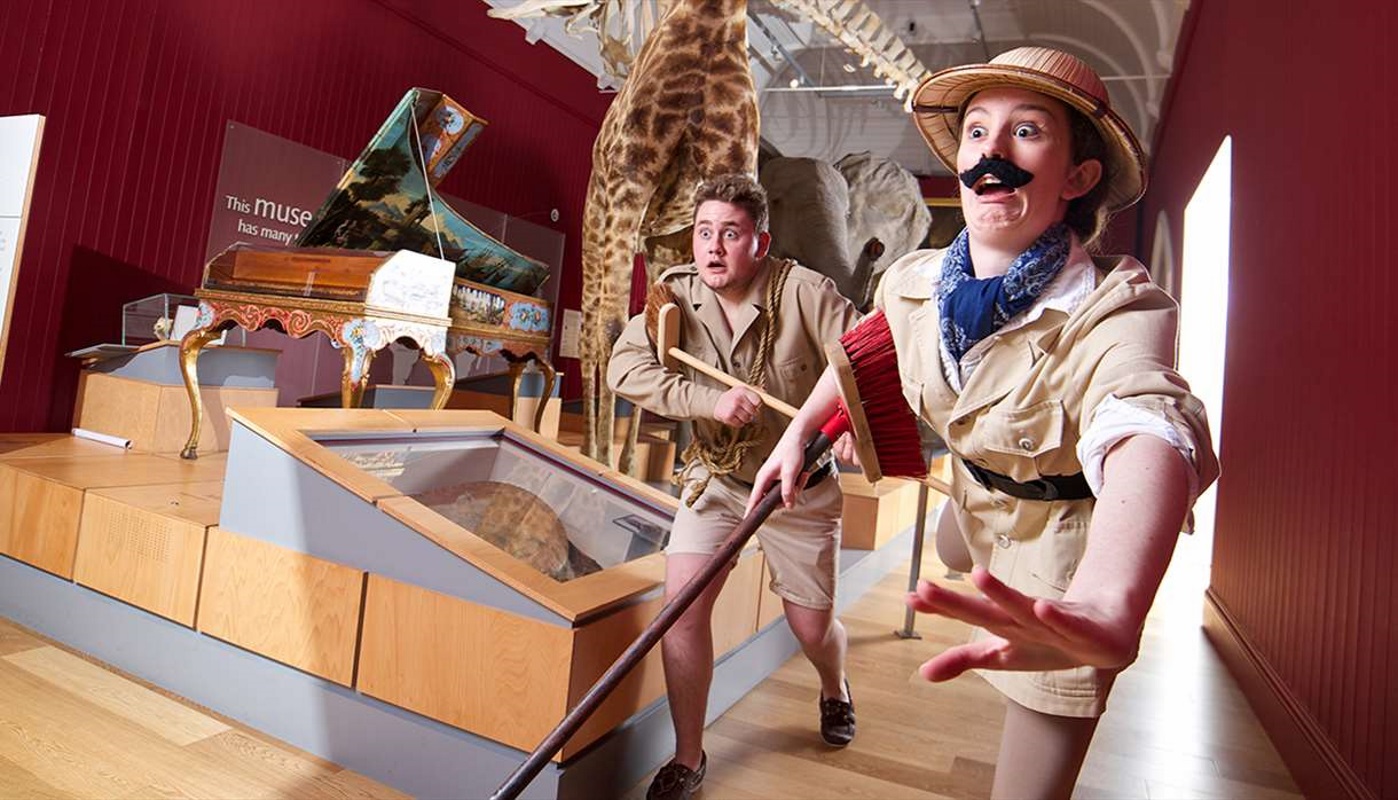
3. Exeter Cathedral
‘The Cathedral Church of Saint Peter in Exeter’ is beyond stunning. The oldest parts - the two towers are Norman. The rest was rebuilt from the 1270’s and took nearly 100 years to finish! Inside there are lots of rare treasures. Exeter Cathedral has the longest continuous medieval stone vaulted ceiling in the world. A strategically placed mirror allows you to see it all without getting a stiff neck! Have a look at the beautiful blue and gold astronomical clock. Built in 1484, it shows the solar system. Unfortunately it is inaccurate - the sun and other planets circle round the earth which was believed to be the centre of the universe back then! To get the most out of your visit, a guided tour is a good idea, or attend a service or concert - the acoustics are amazing!
.jpg)
4. Exeter Guildhall
Exeter Guildhall imposes itself on the High Street! With a granite and Beer Stone portico dating from the 1590s jutting out over the pavement and a huge carved door, it would be nigh on impossible to miss! Earlier parts of the building, including the cellar which was once a grim prison, date from the 1200’s or earlier. Inside the Guildhall is panelled with beautiful wood and has spectacular roof timbers. A large portrait of Princess Henrietta Anne can be seen. She was a daughter of King Charles I and was born in Exeter during the Civil War before her defeated Dad lost his head! Important Guildhall artefacts include the ‘Sword and Cap of Maintenance’. These were awarded to the city by a Henry VII after Exeter’s support against pretender Perkin Warbeck. The Guildhall is open to the public and free to visit. Opening times vary.
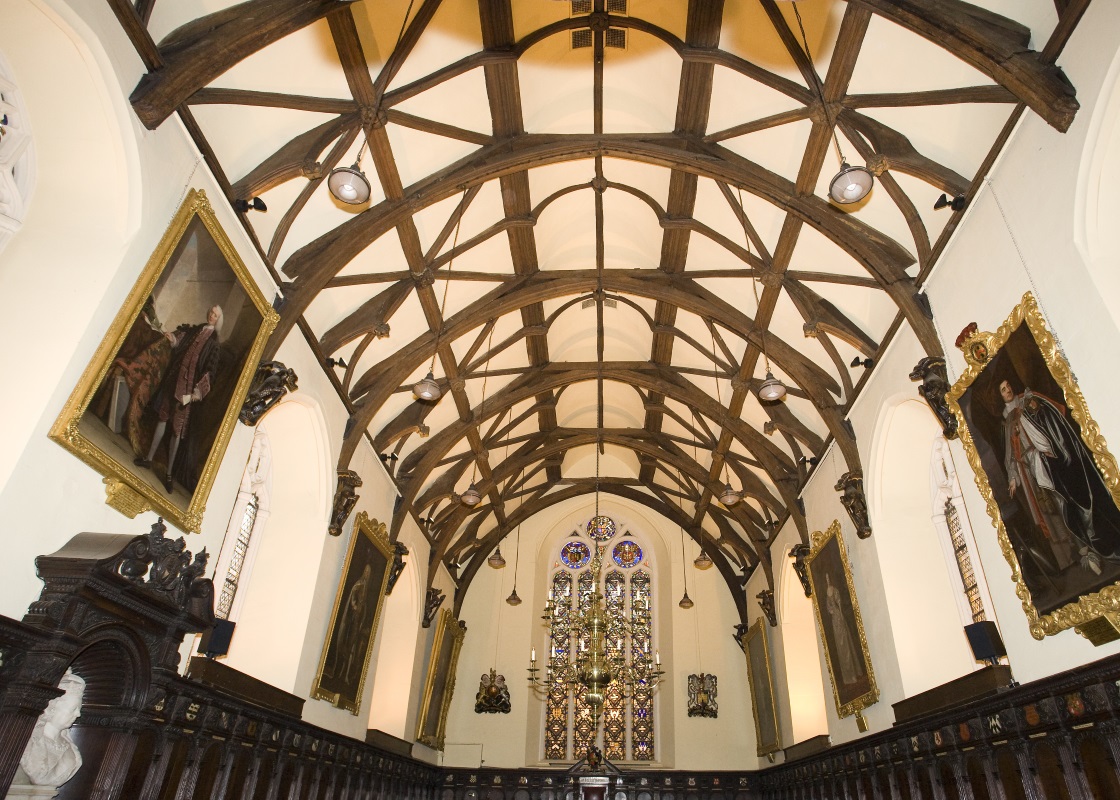
5. Custom House
A trip to Exeter’s lovely quay wouldn’t be complete without visiting the Custom House. It dates from 1680 and is the oldest large brick building in the city. Officials worked at the Customs House assessing the duty to be paid on goods brought in on trading ships. Customs men were also on the lookout for smugglers! HM Customs and Excise used the building until 1989. It’s an interesting building from outside, but wait ‘til you see the incredible ornate plaster ceilings inside featuring flowers, leaves and animals including snakes! Today the building, which is free to visit, houses an information centre with local history displays. Boat trips and some of Exeter’s free Red Coat guided tours begin nearby.
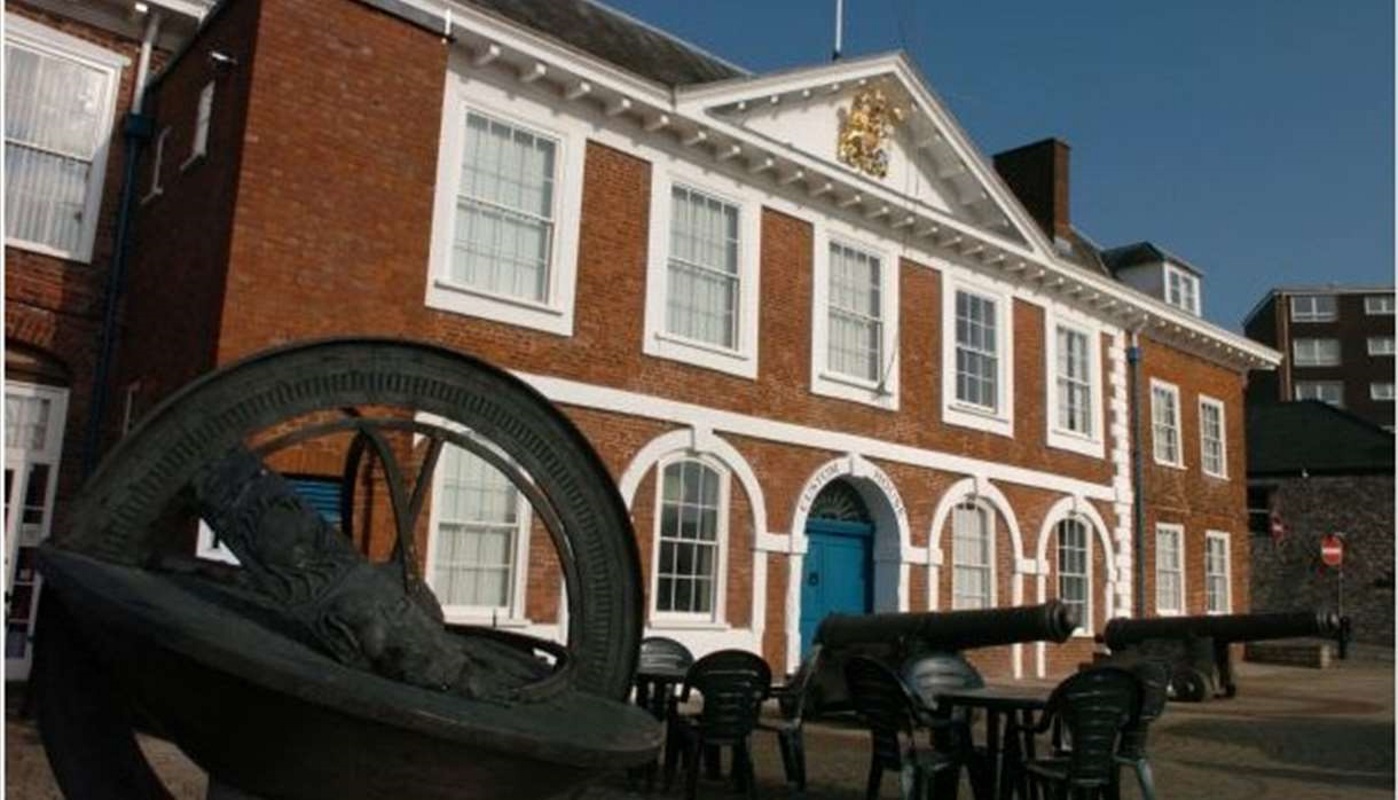
6. St Nicholas Priory
Visit St Nic’s Priory for a trip back to the Tudor era and glimpse the lifestyle of wealthy merchants! The priory was actually founded in 1087 and was an important religious institution. Then it went the way of many others and was closed in 1536 by Henry VIII who fell out with the Pope about who was the head of the Church of England. A lot of the priory buildings were sadly destroyed, but the remainder was turned into a luxurious Elizabethan mansion in 1575. The bright colour schemes inside St Nic’s have to be seen to be believed, but are true to the styles of décor back then. There is furniture faithfully reproduced and a ‘fully fitted’ kitchen Elizabethan style (how did they manage without a microwave?) St Nicholas Priory is open on Sundays.
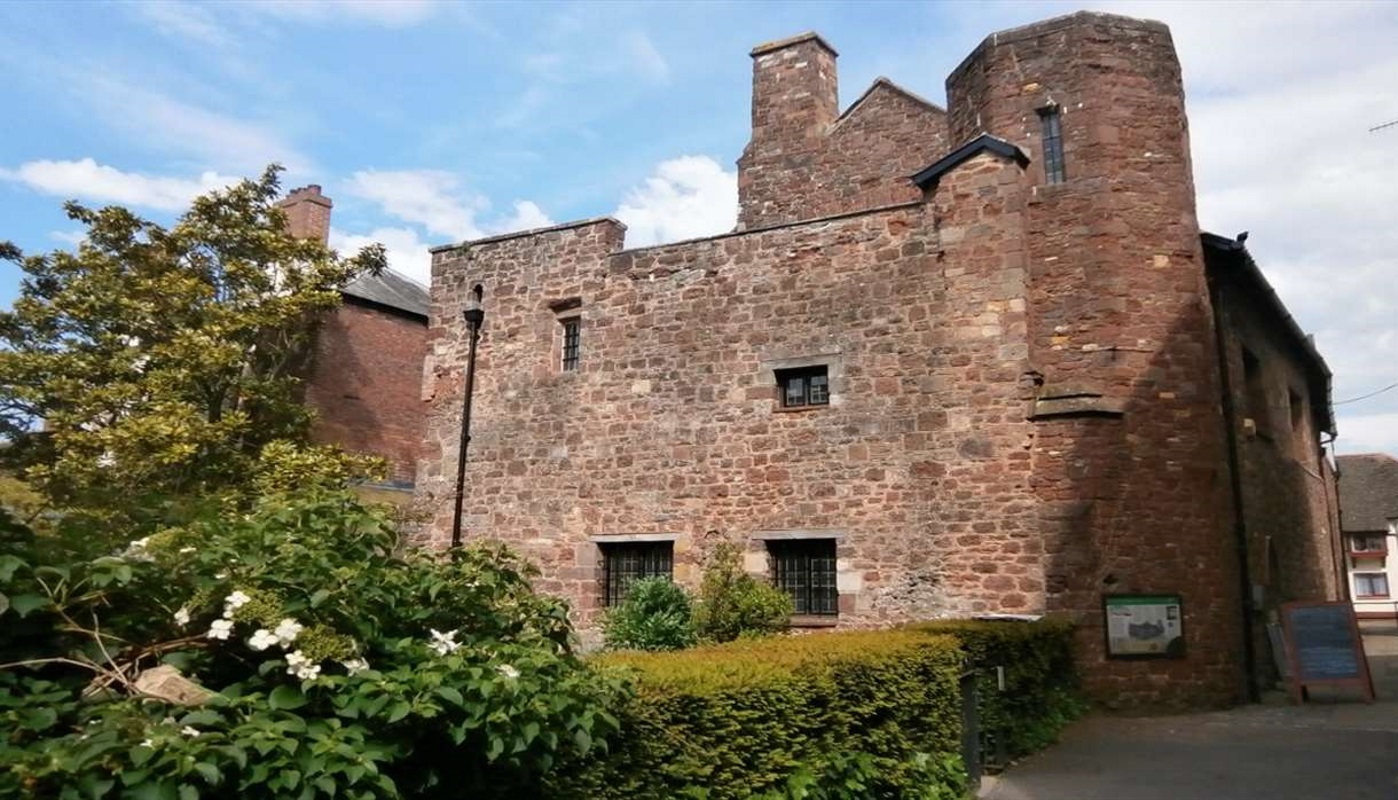
7. A Self-Guided Tour of Exeter’s Roman Wall
Pick up a City Wall Trail leaflet to immerse yourself in nearly 2,000 years of history! With useful information panels along the way, people of all ages will learn a lot of interesting stuff and have great fun at the same time! Learn how to pick out the original Roman stone work and what life was like for Roman soldiers stationed in Exeter (cold, among other things!). Try the quiz as you move from panel to panel, find out about the sieges Exeter has endured over the centuries, and what William the Conqueror did when Exeter rebelled against him. Learn about the city’s history as an important trading centre, and discover the origins of the term ‘living on a shoe string’!
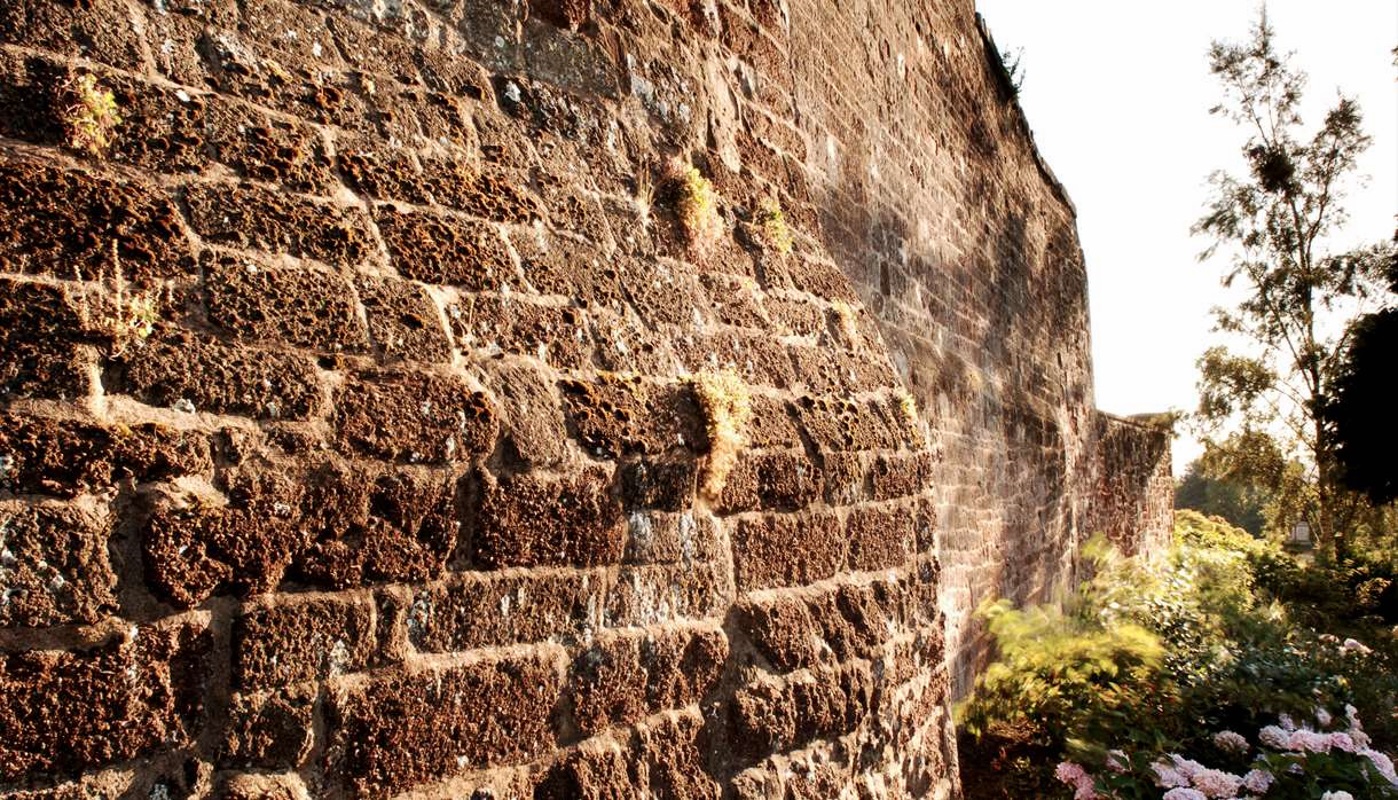
8. The House that Moved
In 1961 a tatty old house at number 16 Edmund Street was due to be demolished as it was in the way of a proposed new road. This caused a lot of indignation among many Exeter folk! The house dates from around 1450 and Exeter had lost a lot of historic buildings in the bombing of 1942, so people argued that the city didn’t need to lose another one! A novel solution was found - move the house out of the way of the road works! A timber frame was built around it and the whole structure was raised onto a low loader using hydraulic jacks. It was then cautiously moved up hill to its present site at the corner of West Street. It was slow work, taking 4 days. The story made national and international news. The house originally belonged to a merchant, but has been used by many businesses since then. Today it is a bridal shop.
9. Tuckers Hall
This ancient hall of the still existing Incorporation of Weavers, Fullers and Shearmen, one of the craft guilds of Exeter, is a real gem and one of the most important in the city's financial history.
Tuckers Hall is a stunning building dating from AD 1471 which has been constantly renovated, repurposed and even confiscated by a monarch throughout the centuries! But its original features still remain, including the 15th century roof timbers and Jacobean panelling.
Built originally as a chapel dedicated to the Assumption of the Blessed Virigin Mary, over time it became the home of the Guild of Weavers, Fullers and Shearman of the city who regularly held meetings here and worshipped in the chapel.
The Guilds and Incorporation have existed in Exeter for nearly 600 years. Both the Incorporation and the Hall have a remarkable story with a glorious and continuous history. The Incorporation is recognised as one of the few surviving established provincial Guilds with strong links to associated City of London Guilds.
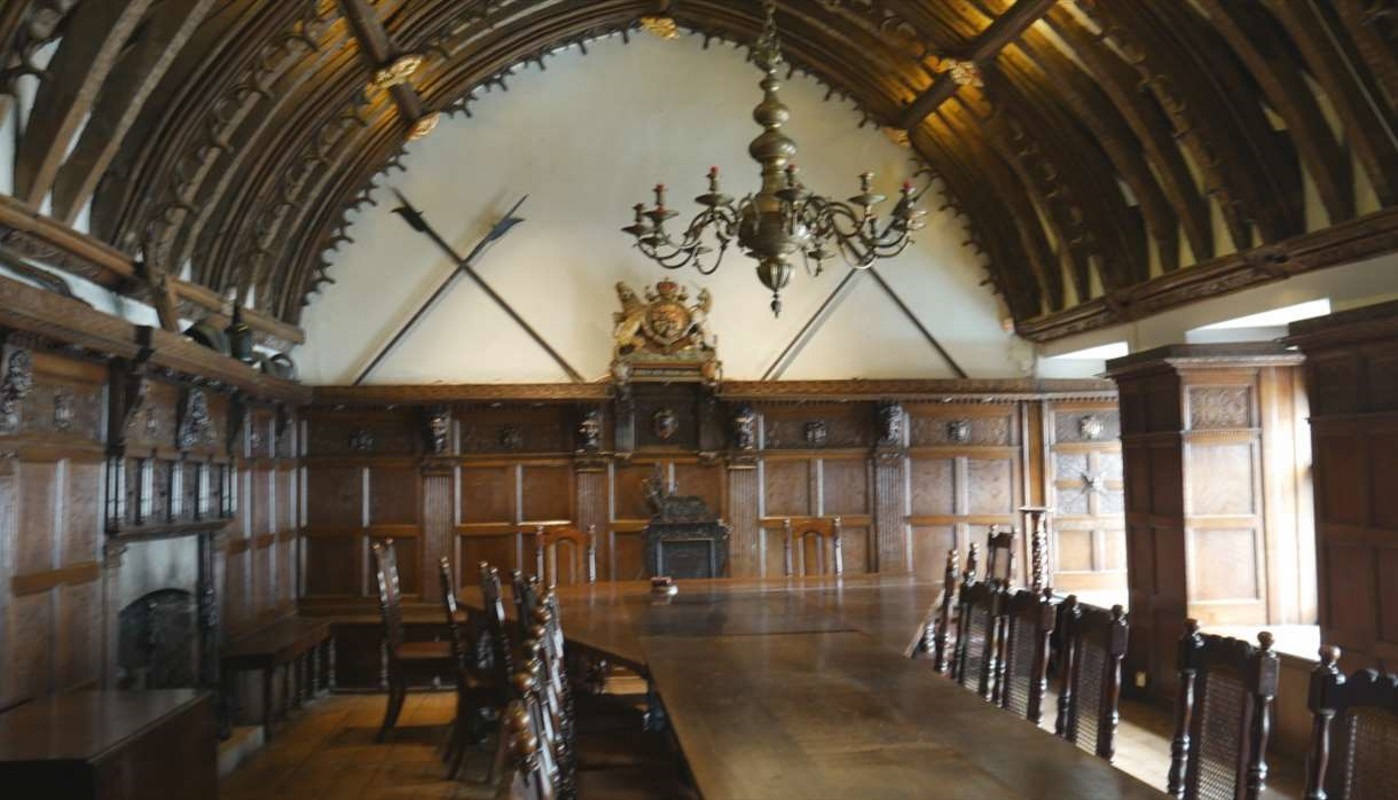
10. St Pancras Church
A little bit of calm amid Exeter’s busy Guildhall Shopping Centre, St Pancras Church is gorgeous and very, very old! The first record we have of it dates back to the 1190’s, but it is older - probably one of the earliest Christian sites in the country. How frustrating that we don’t have any earlier information. St Pancras was dedicated to a Christian martyr of the same name. The building was restored in the 1400’s and windows were added in the 1600’s. Religious or not, most people appreciate the quaint and quiet charm of St Pancras. Next time you are tired from tramping round the shops, miffed that you can’t find what you want, or unsettled about how much you’ve managed to spend, take a few minutes to chill out in St Pancras.
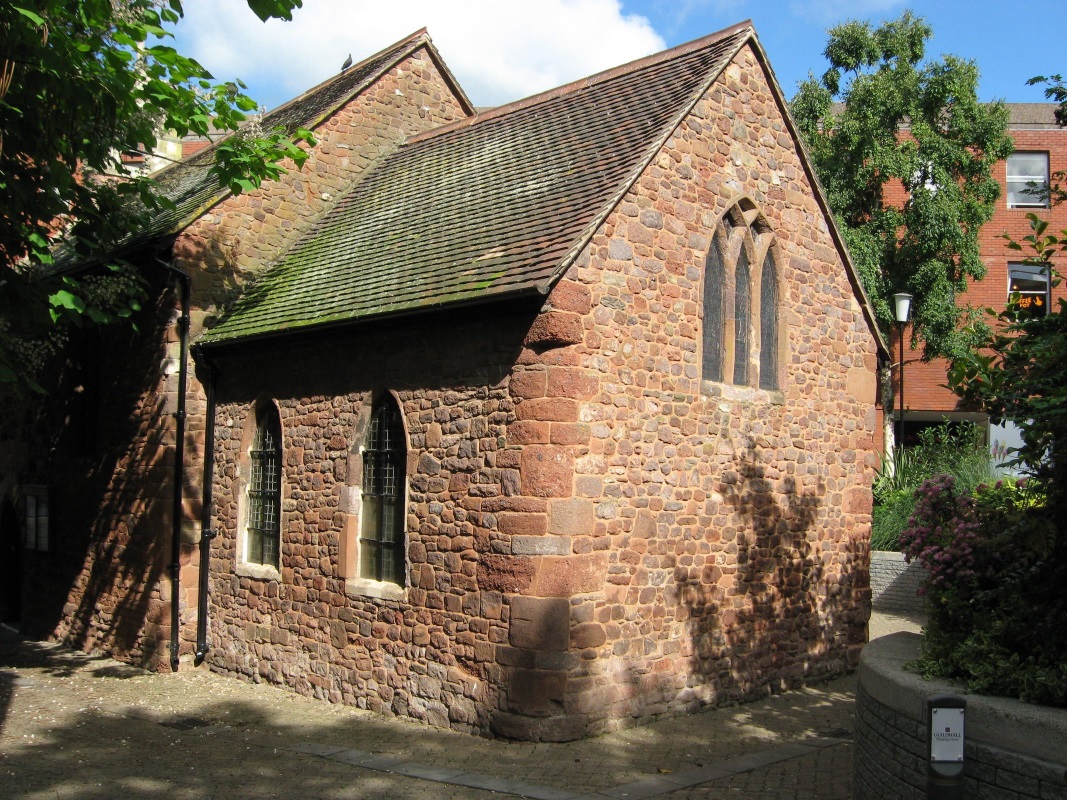
Related
Comments
Elger Routh I’ve always wanted to visit <a href="https://www.universityliving.com/united-kingdom/exeter";>Exeter</a> but have no idea why because I knew absolutely nothing about it until reading this post. I think I was right in wanting to visit though because it sounds like an awesome city!
Comments are disabled for this post.



 to add an item to your Itinerary basket.
to add an item to your Itinerary basket.





